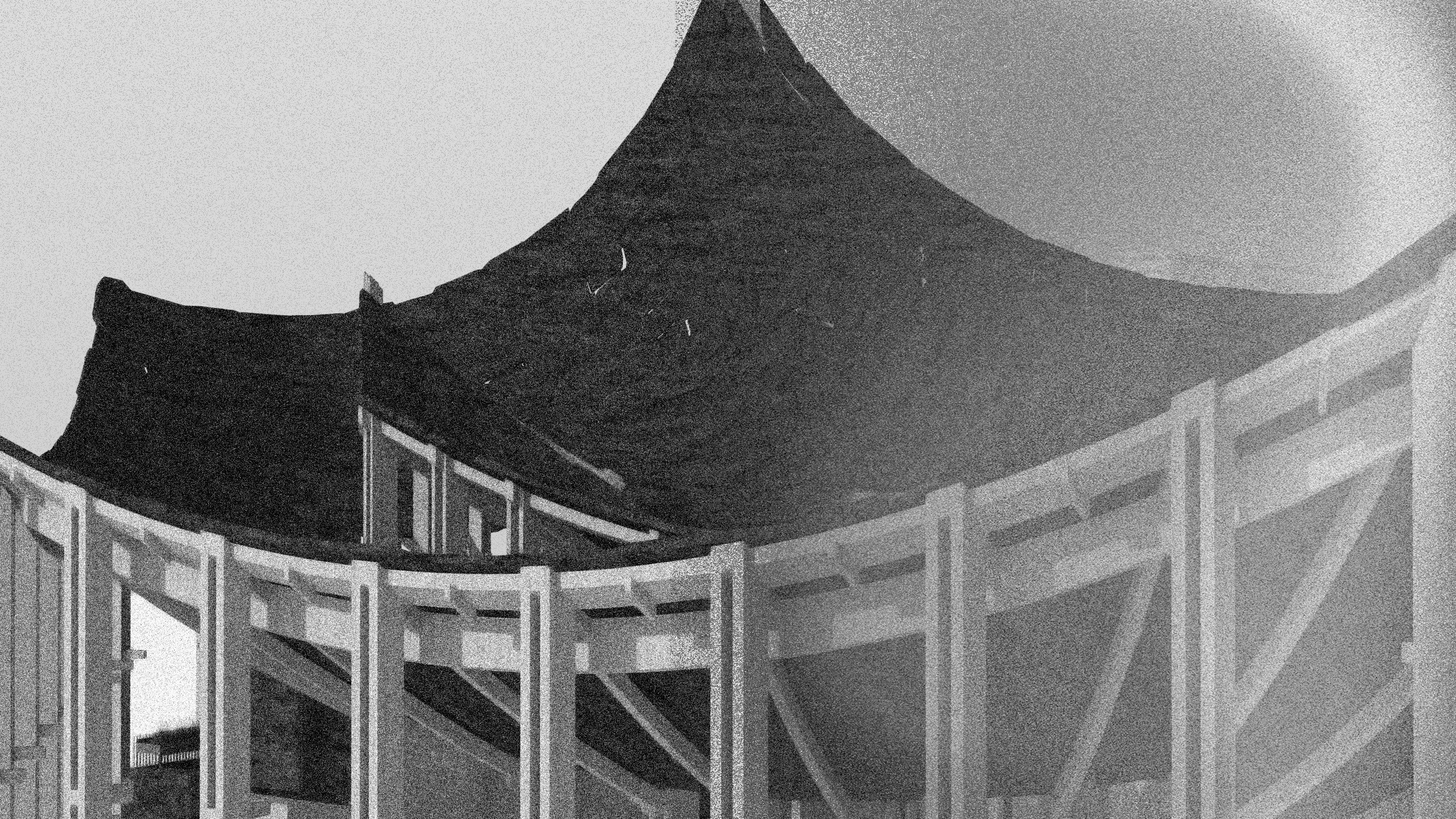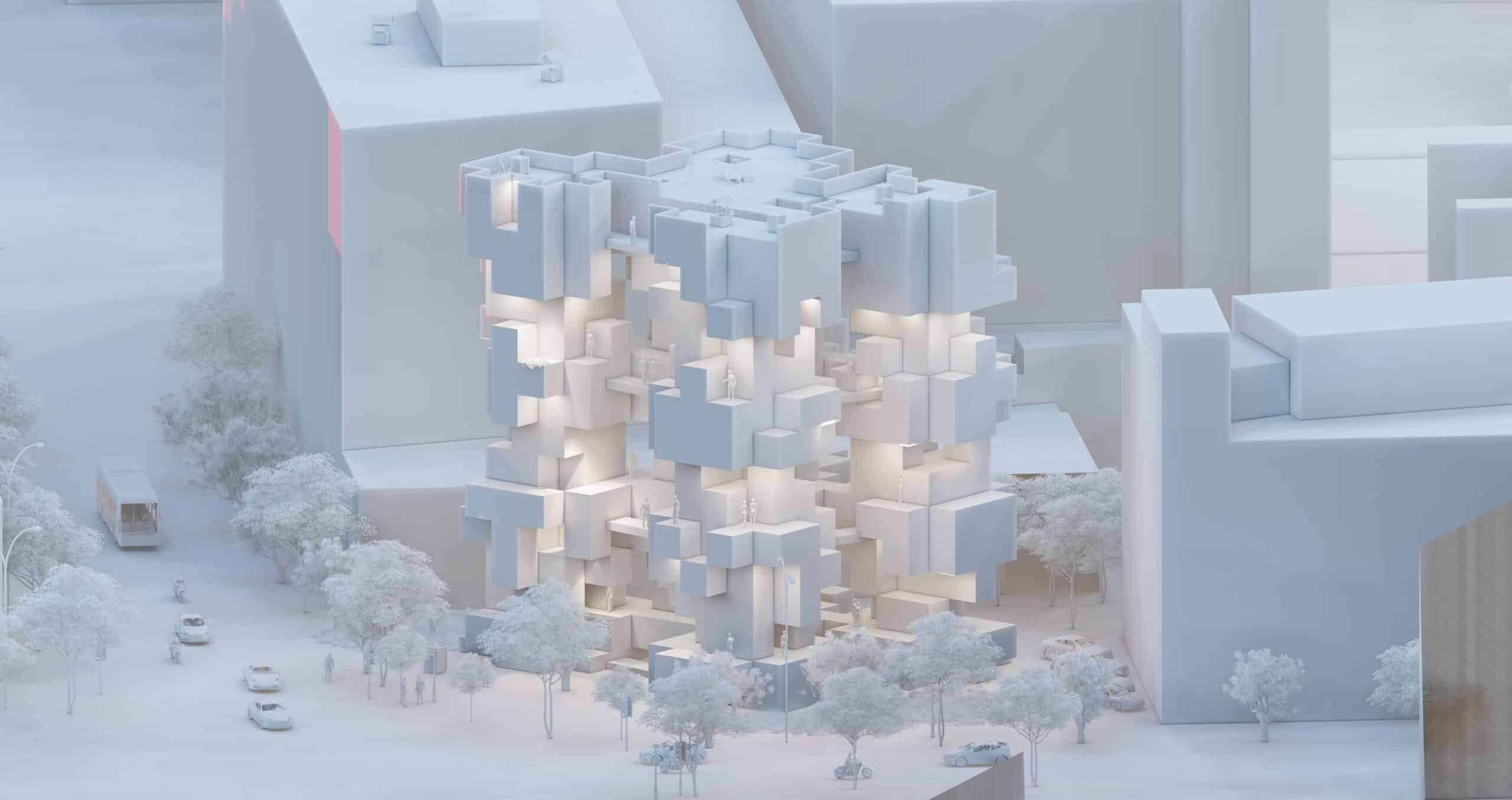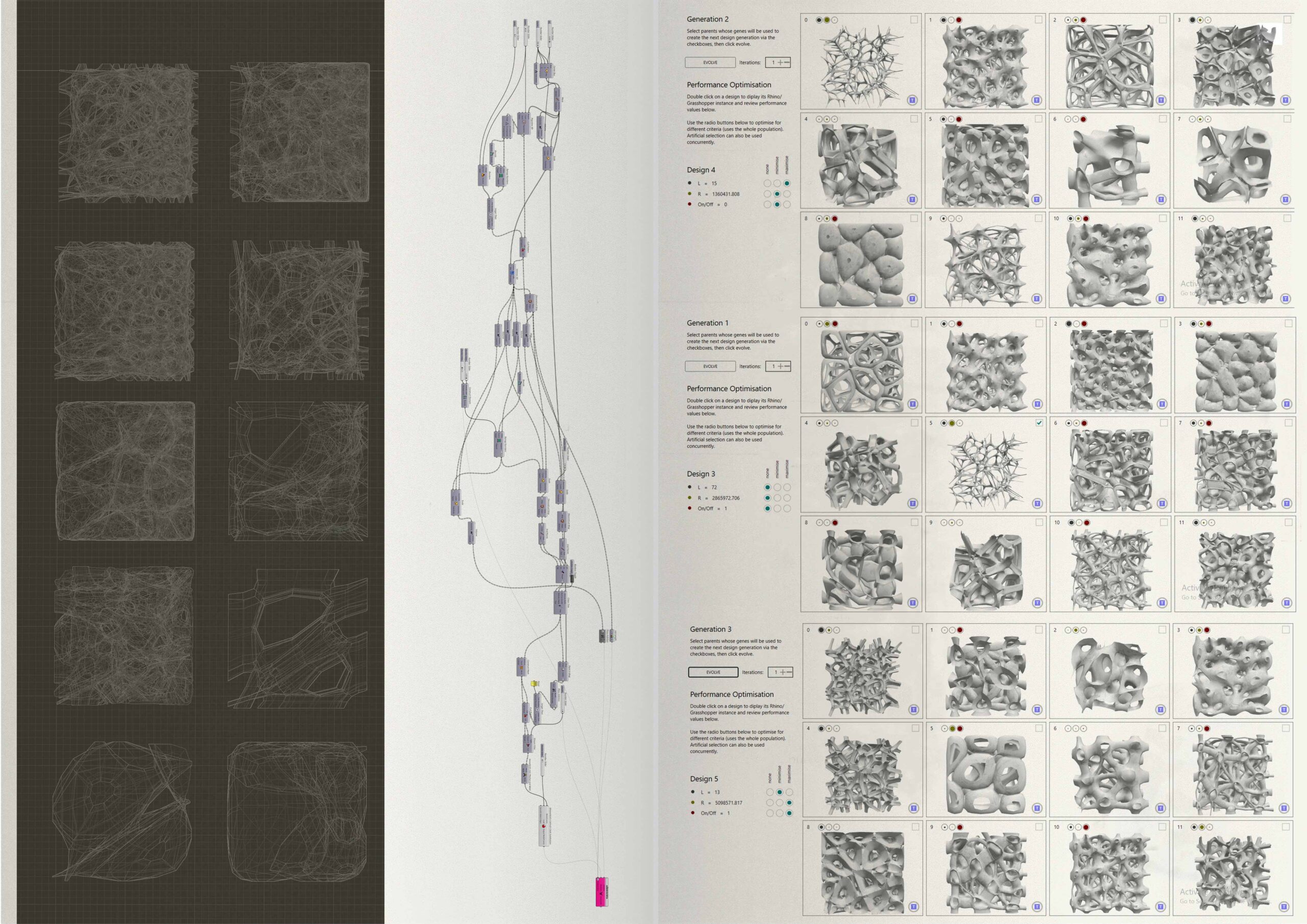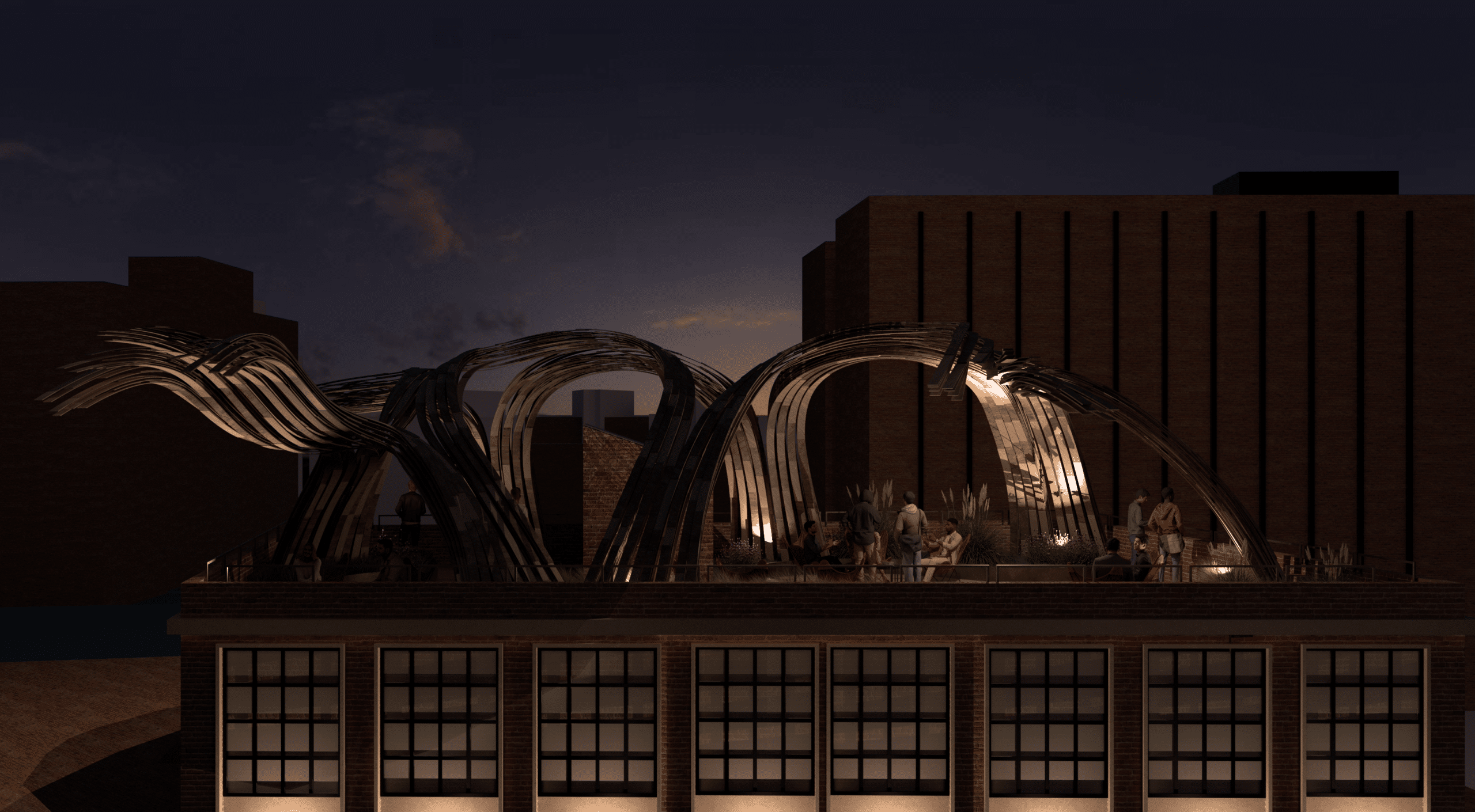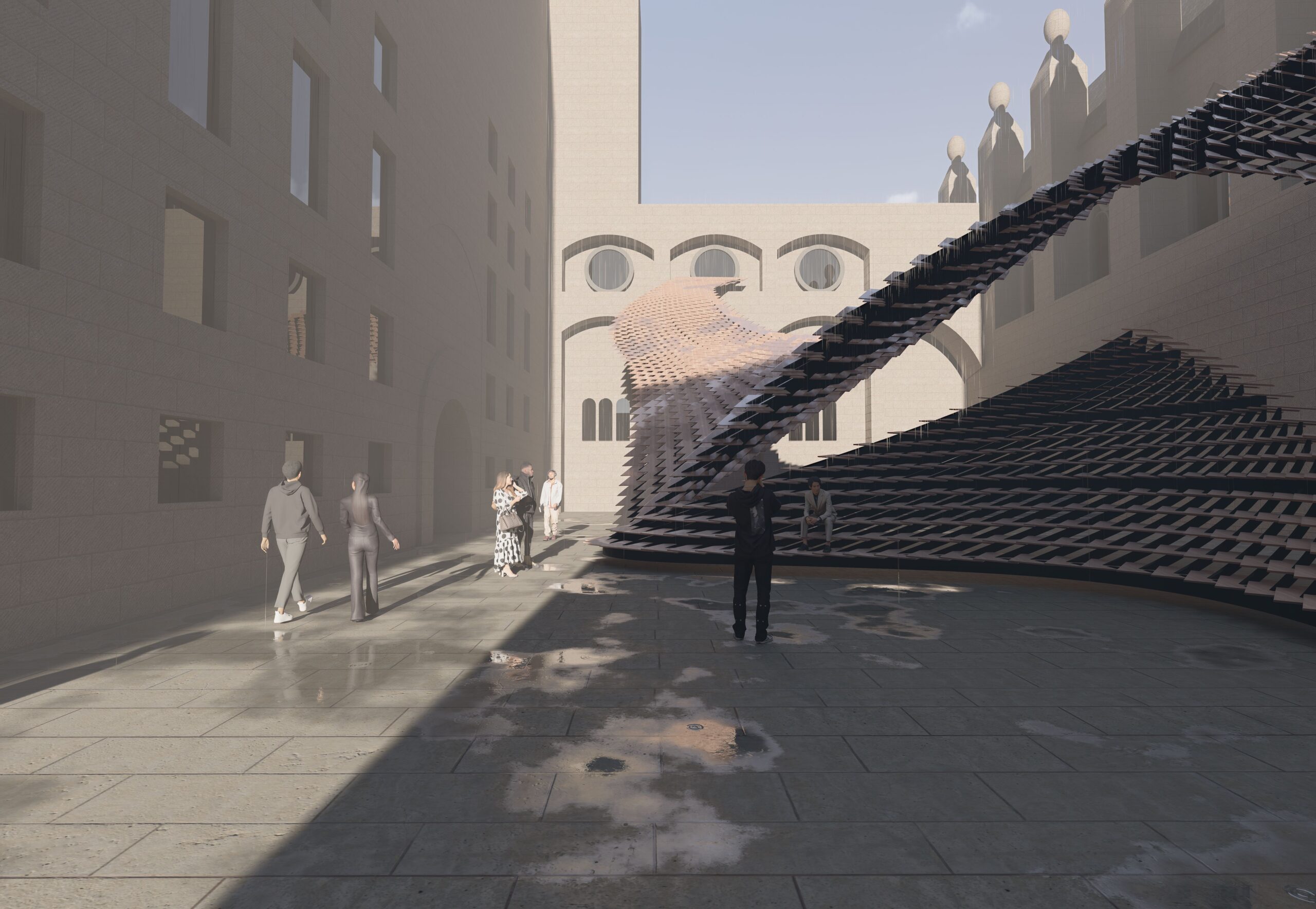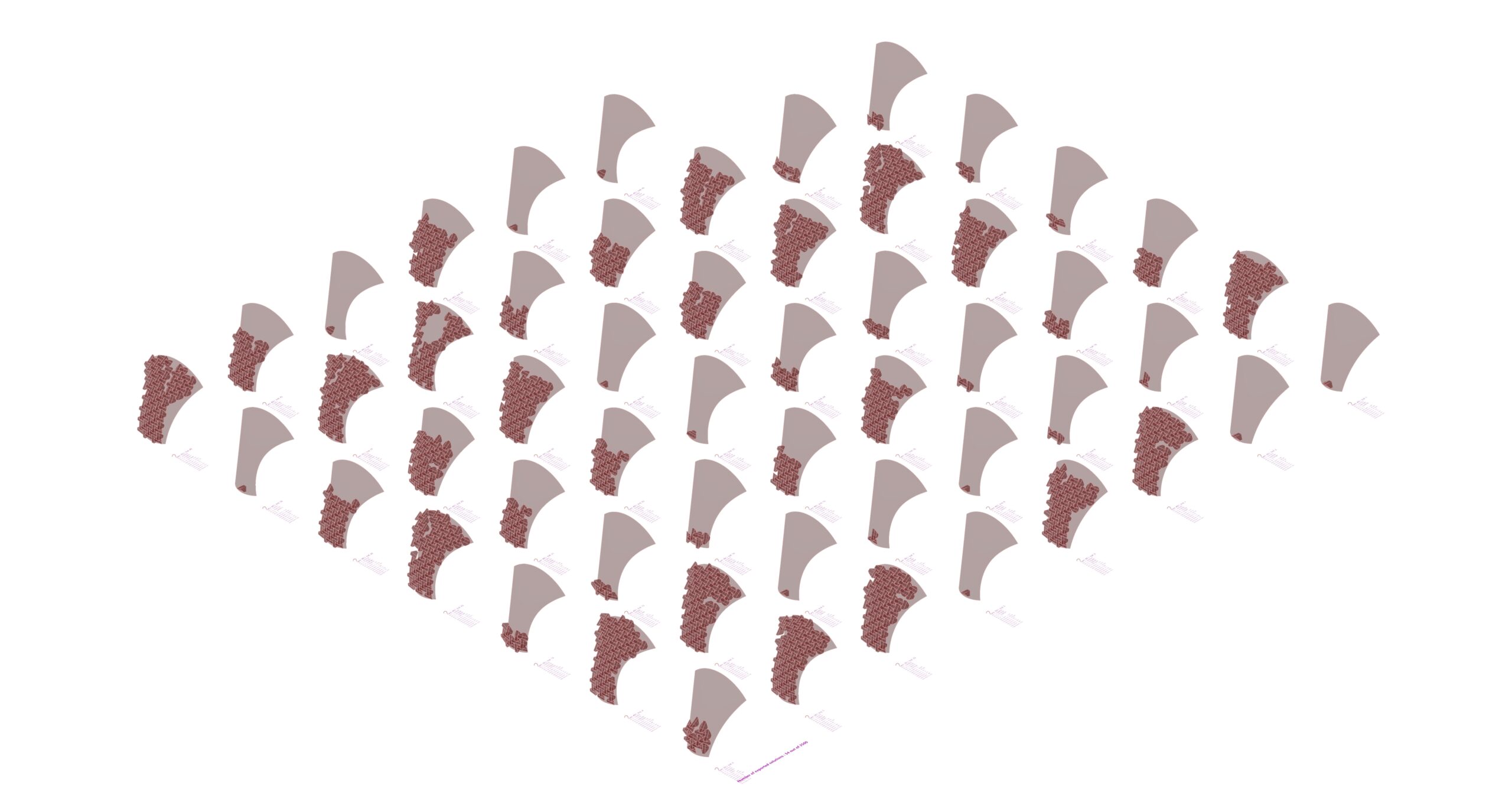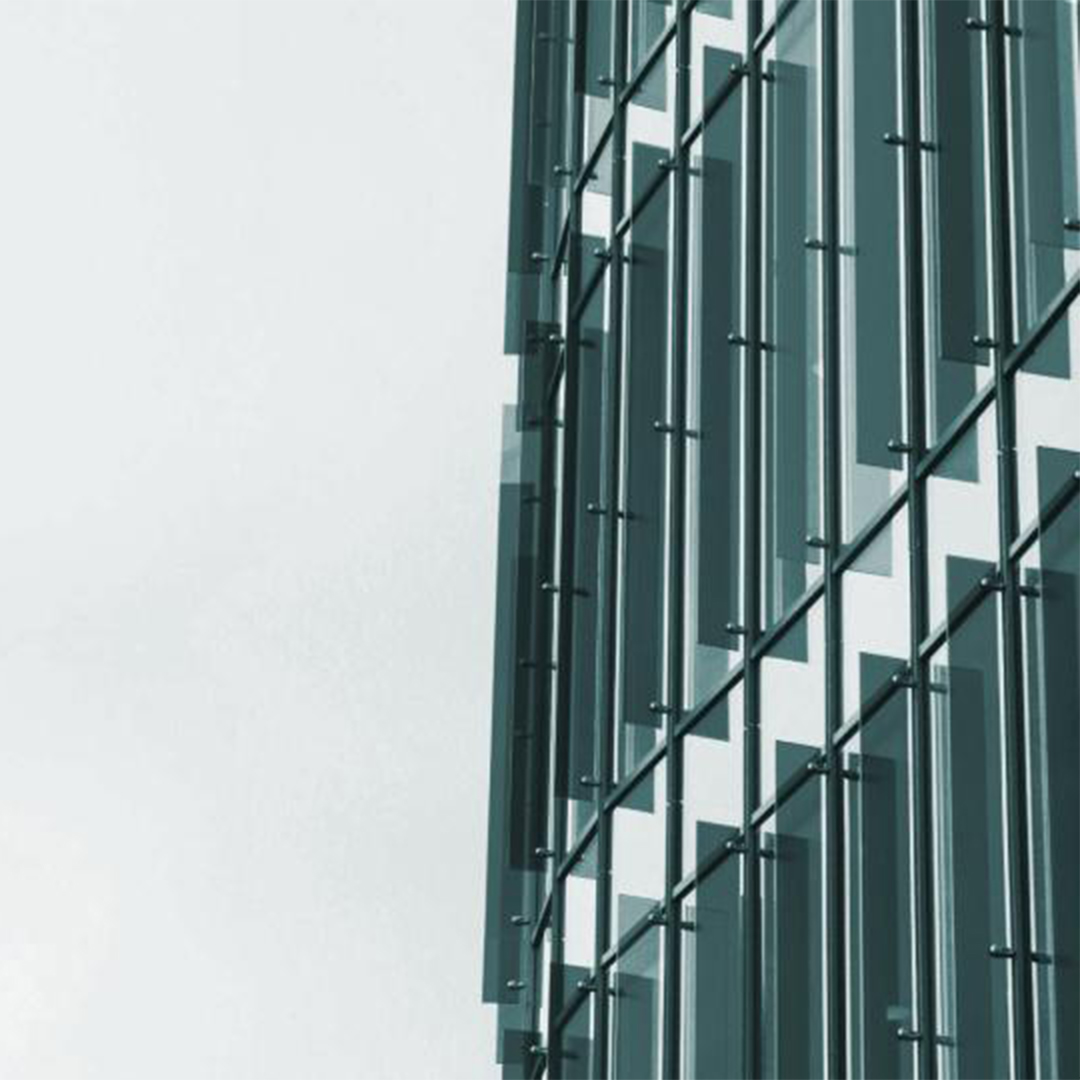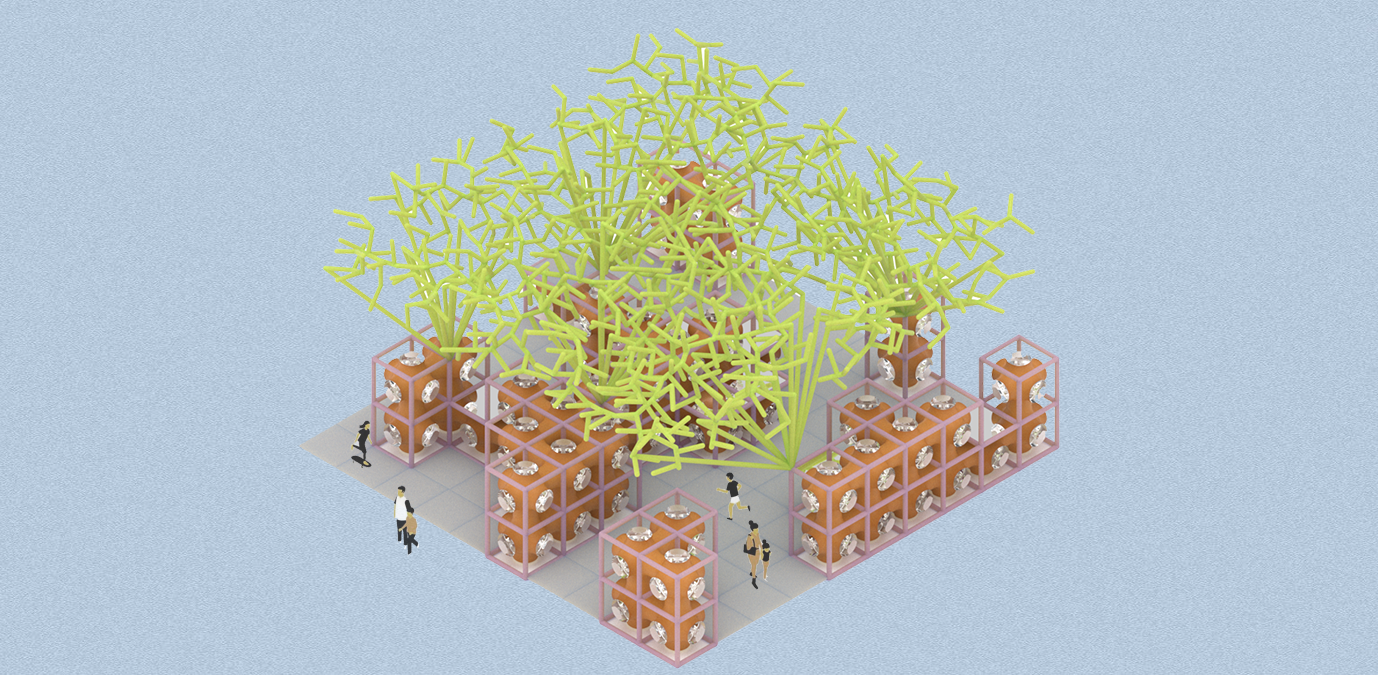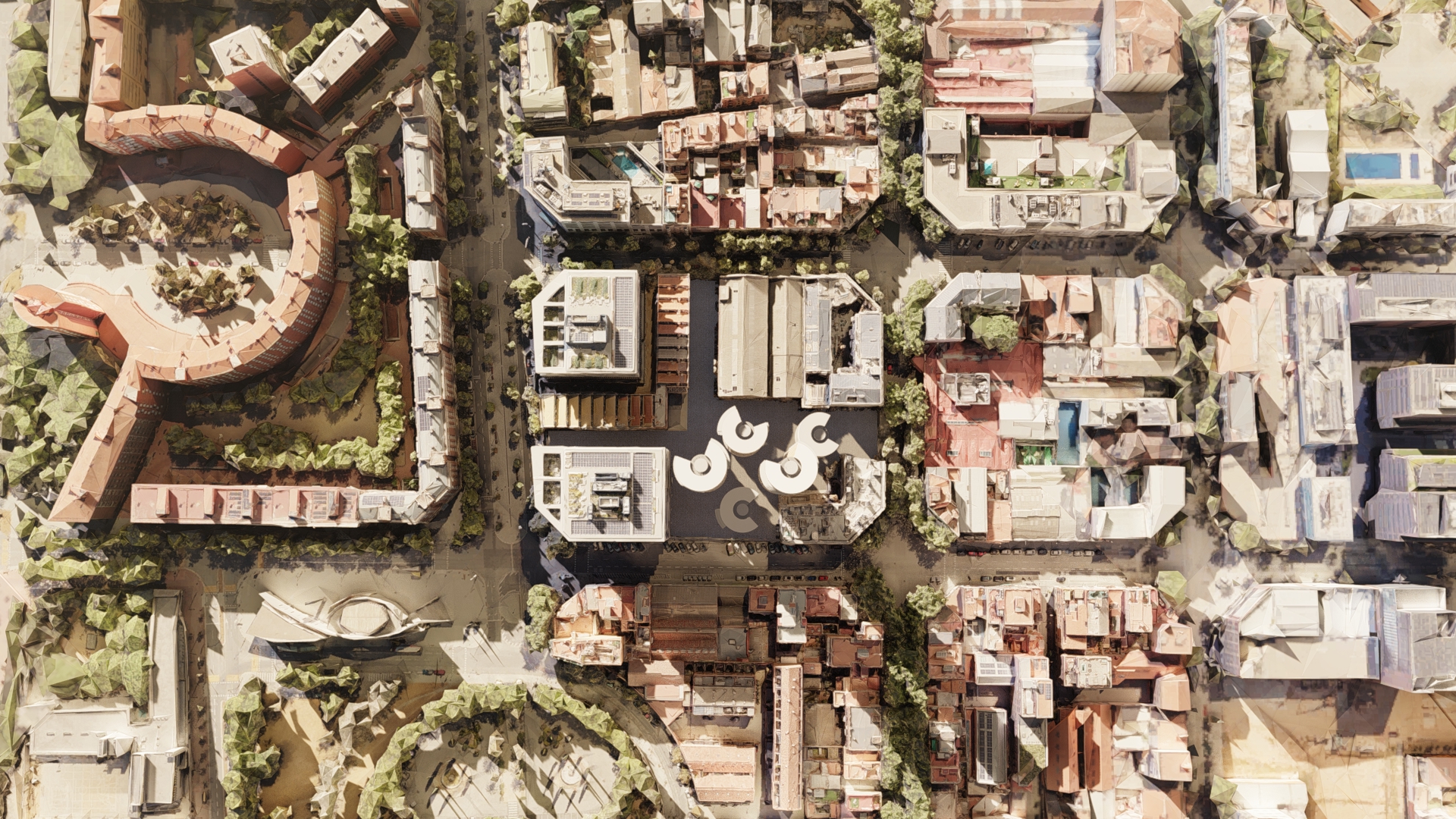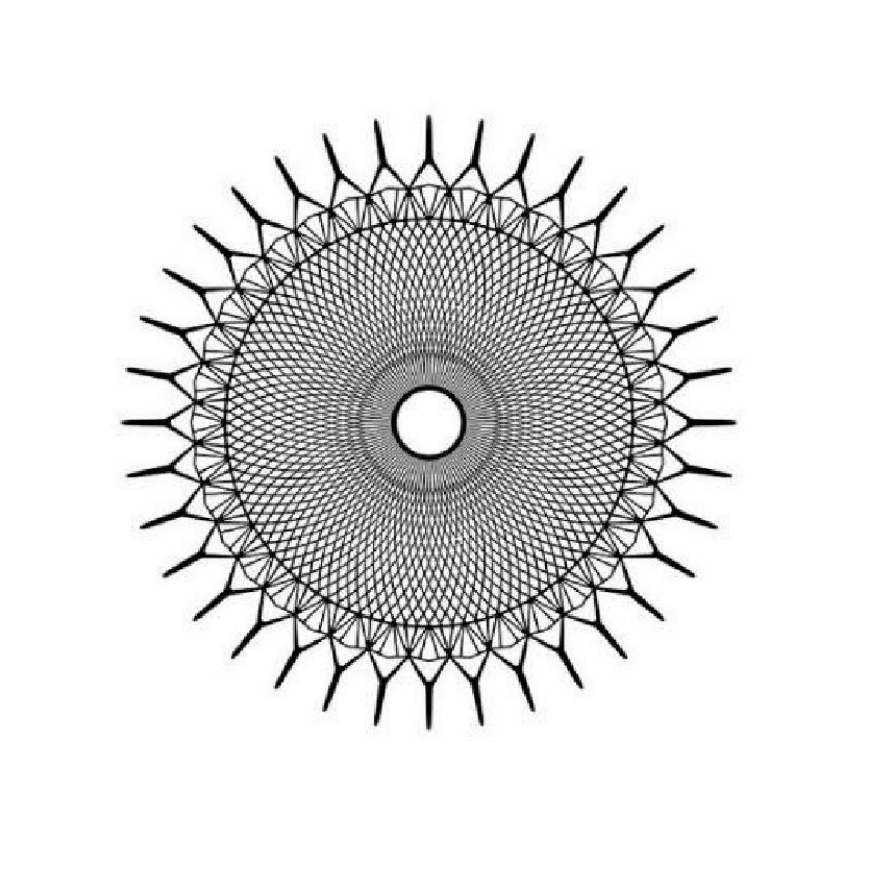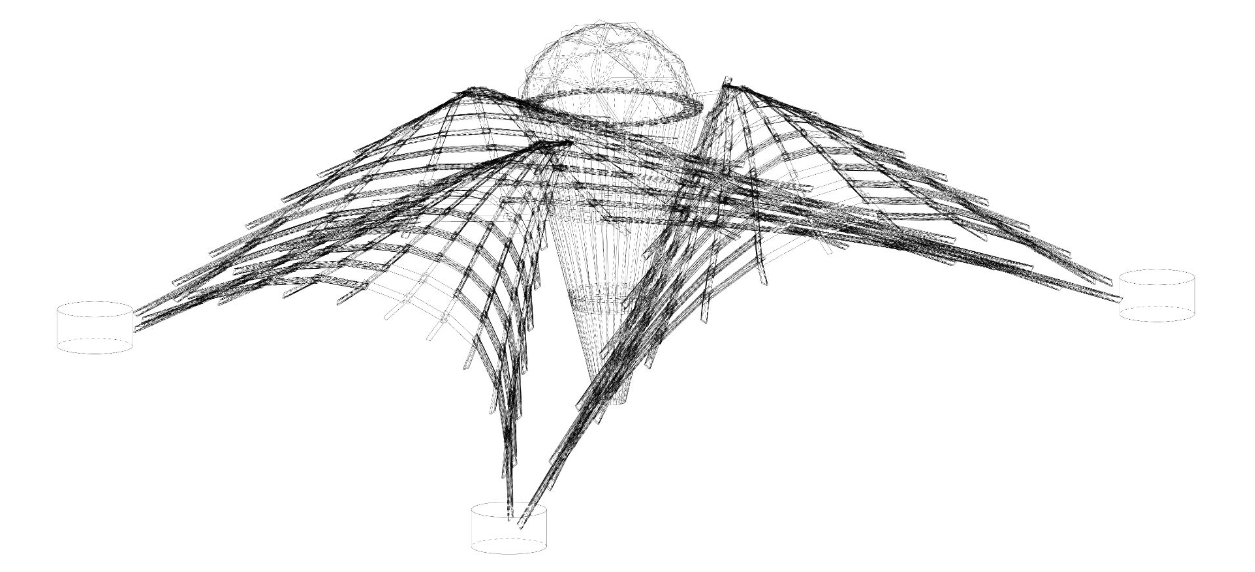The MAA is a visionary master program with an innovative and open structure, mixing diverse disciplines, shaping professionals capable of producing theoretical & practical solutions towards responsive cities, architecture & technology.
Course: MAA01 23/24 Computational Design I Seminar Level 2
In computer science, algorithms are habitually defined as fixed and often finite procedures of step-by-step instructions understood to produce something other than themselves. These logic structures interface with data, sourced from any computable phenomena, becoming the basis for a new array of design strategies. The Computational Design Seminar focuses on emergent design strategies based on algorithmic design logics. From the physical spaces of our built environment to the networked spaces of digital culture, algorithmic and computational strategies are reshaping not only design strategies, but the entire perception of Architecture and its boundaries.
view Syllabus & FacultySynthome
This object functions as a sculptural lamp, where the complex lattice of organic openings serves both an aesthetic and functional role. The irregular perforations allow light to escape in unpredictable and dynamic patterns, casting intricate shadows and gradients onto surrounding surfaces. As light passes through the varying densities and scales of the geometry, it diffuses … Read more
Dragon Tail Pavilion
The Dragon’s Tail Pavilion, located in Plaça del Rei, is a parametric architectural installation inspired by the fluid dynamics of the 80Hz Pavilion. This project reimagines the interplay between rotation, movement, and spatial modulation, creating a dynamic flow of geometrically rotating tiles along a curvilinear spine. Using computational design, the tiles are parametrically aligned and … Read more
Fluid Crest
Plaza de la Virreina This project proposes the design of a pavilion located in Plaza de la Virreina, Barcelona, utilizing innovative computational tools to enhance architectural expression and functionality. Drawing inspiration from the vibrant movement and circulation patterns of the site, the pavilion aims to create a dynamic interplay between architecture and its environment. The … Read more
Assembled Curves
This project focuses on exploration of Singly/Doubly Curved Geometries through combination of Topological Interlocking & Post-tensioning of Tetrahedral Local Geometries. The said Global Geometries are achieved through enclosed assemblages from the smallest number of discrete components; i.e. One(1) in the case of Doubly Curved Surfaces & Two(2) for Singly Curved Surfaces. Fitness Objectives 1. Constant Curvature … Read more
SpaceFlex Optimization
Floor Plan optimization LB Sun light Hour & karamba Catalog Comprised Catalogue (Best Iteration per Generation) Facade optimization LB incident Radiation Catalog Comprised Catalogue (Best Iteration per Generation) Renders Video
OPTIMIZED WELLNESS
harnessing genetic algorithms for better living In a neighborhood where high-rise buildings are becoming more prevalent, can we still prioritize and design for wellbeing? In an exploration of the interplay between architecture, the environment and human wellbeing, this project utilizes genetic algorithms to optimize the design of mixed-use residential towers, based on key environmental factors … Read more
OptiPlay
This term’s Computational Design Seminar focused on leveraging optimization tools to explore and refine architectural designs. Our project aimed to generate a diverse catalogue of design iterations, systematically optimizing each iteration to meet specific performance criteria. Utilizing plugins such as Wallacei for optimization and Karamba3D for structural analysis, we developed a Play Area located in … Read more
NERVI TESI
A stressful design for a pleasant rooftop FORM FINDING ITERATION 1 ITERATION 2 ITERATION 3 ITERATION 4 ITERATION 5 ITERATION 6
SKYDOME HEIGHTS
SITE ROOF TOP OF IAAC Pseudo code Reference Process Plan Option of Materials Elevation Fabrication Joint Detail

